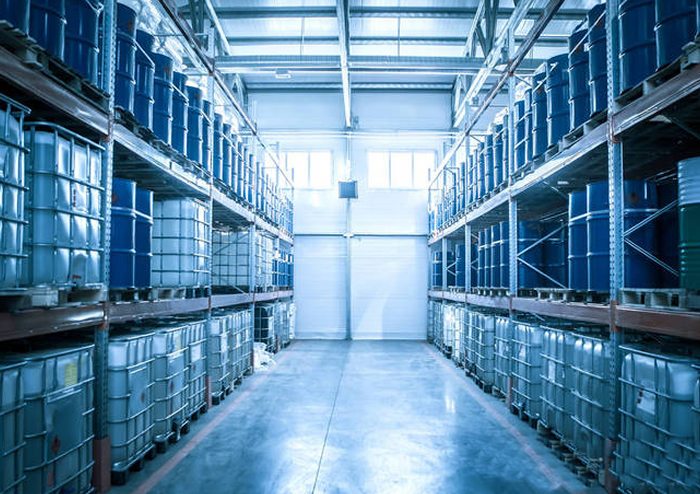Foaming agent is a kind of surfactant that can reduce the surface tension of water to produce foam, so that the air bubble in the flotation pulp can be attached to the mineral particles that can be selectively floated. Everything can be divided into good and bad. What are the several aspects that need to be considered to distinguish the quality of foaming agents? For specific methods, let's see what the beneficiation agent manufacturer says:
1. Color discrimination: Most of the tail of the scanning area is milky white water film. If the color of the scanning area is darker, the loss of metal materials will be greater. The darker the color of the coarse selection area, the better the quality of the concentrate product.
2. Look at reality: reflect the mineralization level of foaming agent foam. The coarse selection of foam is solid, and the sweeping selection of foam is empty. If the raw ore grade is high and the drugs are appropriate, the foam at the head of roughing is the conventional solid; If there are too many inhibitors and insufficient collectors, the foam will become empty; Insufficient inhibitors, too many active agents and collectors will lead to too solid and hardened foam.
3. See the size: usually, the flotation foam of sulfide ore is 1~2cm for small bubbles, 3~5cm for medium bubbles, and 8~10cm for large bubbles. The size of small bubbles is related to the level of mineralization. The mineralization level of the middle bubble is good; Excessive mineralization (such as a large amount of collector "pulling trough") hinders the swallowing of small bubbles, resulting in abnormal small bubbles; When mineralization is poor, small bubbles merge and produce large bubbles; When mineralization is particularly poor, small bubbles are swallowed but easily burst. Therefore, small bubbles are common during tail cleaning, but they may not necessarily occur during subsequent operations with easily floating sulfide minerals or fine mud.
|
Previous:NO
Next:Commonly used inhibitors in mineral processing reagents |
Return to list |
Recommended news

Foaming agent is a kind of surfactant that can reduce the surface tension of water to produce foam, so that the air bubble in the f…

The same type of preparation has different preparation methods, and the dosage and actual effect are also different. The selection …